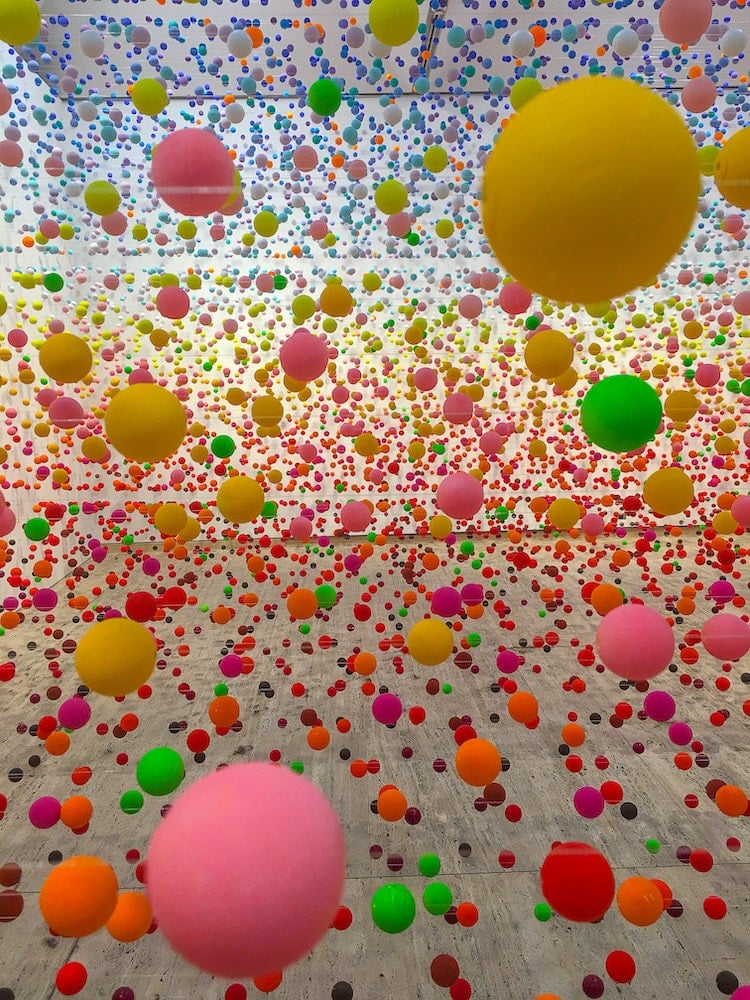The realm of high-level gymnastics is one marked by the pursuit of perfection. Elite gymnasts tirelessly train to execute complex routines with the highest degree of precision and consistency. But as they push the boundaries of physical ability, they should also explore the untapped potential of their mental capacities. One such area is the use of mental imagery, a technique that has shown promising results in boosting performance in several fields, particularly sports.
Drawing from a vast pool of sports psychology literature, this article will investigate how mental imagery can aid elite gymnasts in maintaining routine consistency. We will delve into the power of the mind, as guided by keywords such as mental, performance, imagery, training, gymnasts, and more.
A lire en complément : How Can Machine Learning Optimize Training Loads in Distance Runners?
Harnessing Mental Imagery for Performance Improvement
Mental imagery, also known as visualization, is a cognitive tool that involves the mental rehearsal of a particular act without physical execution. It engages the brain in a simulation that mirrors the actual performance, thereby priming the motor system for the task.
A review of multiple studies conducted in sports psychology has validated the effectiveness of mental imagery in enhancing performance. Journal entries of athletes across various sports have reported significant improvements in their performance following a period of consistent mental imagery training. Some of the most compelling evidence comes from gymnastics, a discipline that requires high levels of precision and consistency.
Dans le meme genre : What Are the Best Practices for Monitoring Heart Rate Variability in Elite Rowers?
Mental Imagery in Gymnastics: The Science and the Evidence
Gymnastics is a sport that demands not just physical prowess but also mental toughness. The two work in unison, coalescing into a perfect blend of movement and composure that ensures a flawless routine.
Hall, Cumming, and other researchers have emphasized the role of mental imagery in gymnastics. According to them, the mental rehearsal of gymnastic routines can enhance motor abilities and lead to consistent performance.
A study published in the ‘Journal of Motor Behavior’ involving gymnasts as participants found a positive correlation between the use of imagery and performance consistency. The gymnasts who reported using imagery as part of their training showed comparatively better and more consistent performance than those who didn’t.
How to Implement Mental Imagery in Training
Implementing mental imagery into gymnastics training isn’t as simple as picturing a routine in one’s head. It requires a structured approach and a thorough understanding of the specific factors that contribute to effective imagery.
One of the first steps is to determine the type of imagery to be used. Kinesthetic and visual imagery are the most common types used in sports. Kinesthetic imagery involves feeling the movement, while visual imagery involves seeing oneself executing the action.
The second step is to understand the content of imagery. Gymnasts should focus on positive imagery, visualizing successful execution of their routines. Negative or corrective imagery, where one visualizes making errors and then correcting them, can also be useful, but it should be used sparingly and under skilled guidance.
The Psychophysiological Effects of Mental Imagery
The effects of mental imagery on performance aren’t just psychological; they are also physiological. During mental imagery, the brain’s motor cortex is activated, and it sends signals to the muscles, preparing them for the routine.
The psychophysiological effects of mental imagery have been documented in several studies. For instance, a study reported in the ‘International Journal of Sport Psychology’ found that participants who underwent mental imagery training showed increased muscle activity during imagery compared to those who didn’t.
Furthermore, mental imagery can alter an athlete’s emotional state, improve focus, and boost confidence. These psychological effects can also contribute significantly to performance consistency.
In conclusion, mental imagery is a powerful tool that can complement physical training in gymnastics. It offers a novel approach to enhancing performance consistency and overall performance. However, it requires a methodical approach to be truly effective. With appropriate guidance and consistent practice, elite gymnasts can harness the potential of their minds to bring out their best performance.
The Role of Mental Imagery Ability and Imagery Questionnaires
The efficacy of mental imagery doesn’t just depend on the application; it also hinges on the individual’s imagery ability. Simply put, how well one can create and sustain vivid, detailed mental images impacts the effectiveness of imagery training.
Scholars in sport psychology have developed various measures, like imagery questionnaires, to assess an individual’s imagery abilities. For instance, the Movement Imagery Questionnaire, Revised Edition (MIQ-R), evaluates an individual’s ability to form kinesthetic and visual mental images.
Studies involving elite gymnasts have shown that an athlete’s imagery ability can influence the quality of their performance. In a research paper published in the ‘Journal of Applied Sport Psychology,’ the researchers found a positive correlation between gymnasts’ imagery ability and their performance. Notably, gymnasts with a higher imagery ability performed consistently better than their counterparts with lesser imagery skills, underlining the importance of imagery ability in gymnastics.
On another note, imagery questionnaires also offer a unique tool for tracking progress in athletes’ imagery ability. They can help gauge the efficacy of imagery interventions and suggest potential areas of improvement, thereby making it a crucial part of the imagery training approach.
Incorporating Google Scholar and Imagery Perspectives into Training
Google Scholar, a widely used tool by academicians and researchers alike, can also be a highly beneficial resource for coaches and athletes. It offers a wealth of information on sport psychology, mental imagery, and training techniques.
By delving into the scholarly articles available on Google Scholar, coaches can stay abreast of the latest research trends and findings in the realm of mental imagery. They can adopt proven strategies and techniques to enhance their athletes’ imagery training, thus driving performance consistency.
Diverse imagery perspectives can also significantly influence the efficacy of mental imagery. External imagery involves seeing oneself from a third-person perspective, while internal imagery entails visualizing the performance from a first-person perspective. Guillot and Collet, in their comprehensive review of mental imagery, argue for the potential benefits of both perspectives.
The key is to adapt the imagery perspective based on the athlete’s preference and the nature of the skill. For instance, closed skills in gymnastics, which are performed in a stable environment, might benefit more from internal imagery. On the other hand, external imagery might be more beneficial for visualizing movements concerning the overall gymnastic routine.
Conclusion: Unleashing the Power of the Mind in Elite Gymnastics
In the world of elite gymnastics, where the margin for error is infinitely small, mental imagery offers a unique pathway to enhance consistency and overall performance. From improving focus and confidence to priming the motor system, the power of mental imagery is undeniable.
However, it’s not a one-size-fits-all approach. The effectiveness of mental imagery hinges on multiple factors, including individual imagery ability, the nature of the imagery, and the use of appropriate imagery perspectives. Therefore, a structured and personalized approach to imagery training is essential to harness its full potential.
Moreover, resources like Google Scholar and applied sport psychology literature can provide valuable insights into the latest research findings and techniques in mental imagery. With consistent practice and guidance, elite gymnasts can truly tap into the power of their minds, elevating their performance to unprecedented heights.
As we continue to push the boundaries of physical abilities, let’s not forget the untapped power of our minds, ready to be unleashed through mental imagery. After all, in the quest for perfection, every bit of strength—physical or mental—counts.






